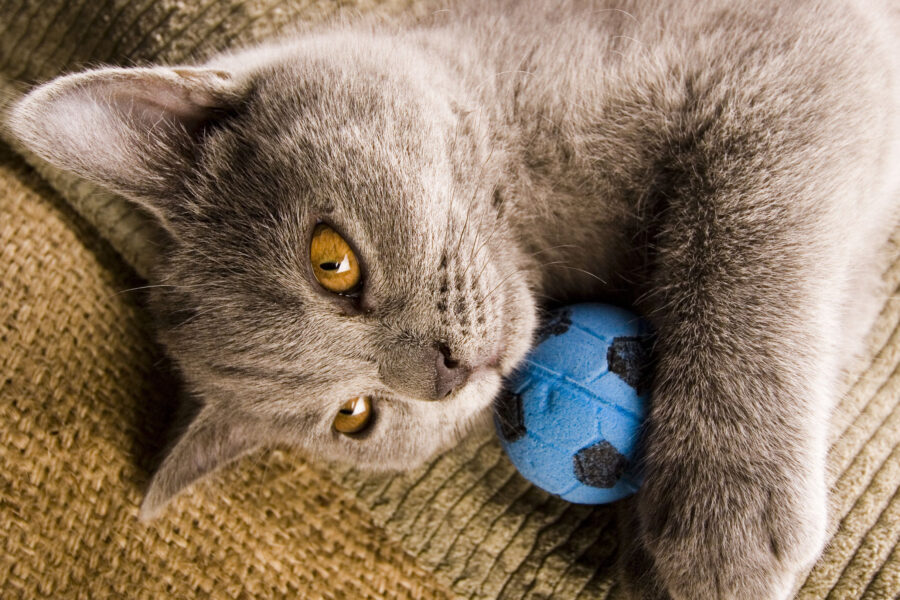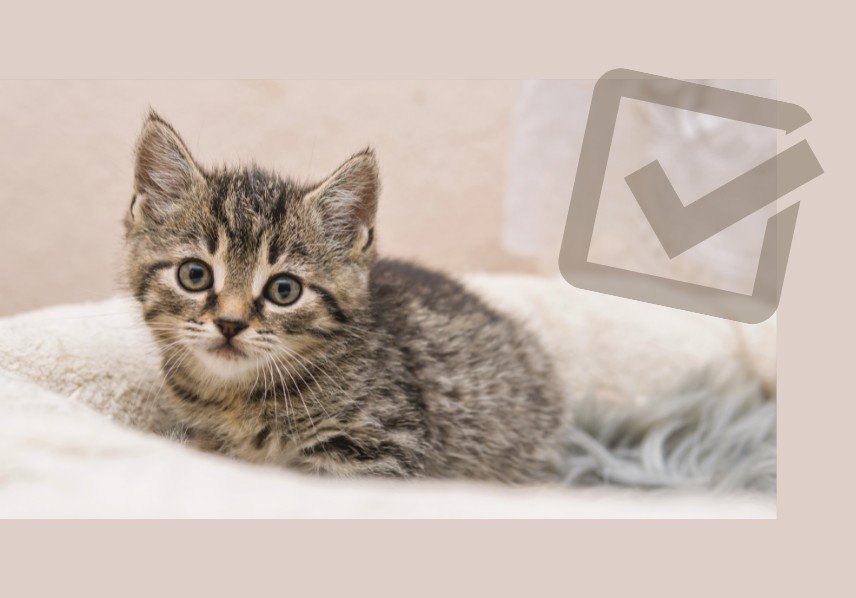Unfortunately, a microchip is not a tracker. I wish we could track our cats with their microchip, but sadly we cannot.
A microchip is like a tiny computer that stores your contact details. If your cat is ever found by a member of the public and brought to the vet or handed into a shelter or a rescue center the first thing that happens is that they are scanned for a microchip. That is how you will be reunited - and believe me, it happens. I have seen cats reunited with their owners after 10+ years. Not a dry eye in the room when that happens!
A microchip will only work if your details are stored in one of the many microchip databases in your country. So when your cat is microchipped, it is a 2 step process - the first step is to implant the chip, the second step is registering the microchip with a company that will store the details of the chip and associated contact details.
Implanting a microchip is easy, it is simply injected under your cat’s skin, usually at the scruff of their neck. No sedation is required for implanting a microchip. If you have a kitten it is often done while your cat is being neutered as they are already asleep and will not feel it. If you have an adult cat that is not microchipped and you would like to have them chipped you can simply call your vet and ask that they implant one. Often a nurse appointment can be made to do this, which will be more cost effective than a vet appointment. No sedation is necessary to implant your cat’s microchip, it can be done there and then in the consult room with you present and it usually costs £15-25.
In the UK, two of the largest companies that store microchip details are Petlog and Identibase. Without registering your cat’s microchip, the microchip is useless. If your vet implants the microchip they will usually register the chip for you, if you get your cat from a breeder it is likely that you will need to register the microchip yourself. If in doubt - ask your vet or the breeder.
You can also check if your cat’s chip is registered using the database company’s websites, most of them have a search box where you can enter your cat’s chip number. They can usually tell you if the chip is registered with them, or if it may be registered elsewhere. If you do not know your cat’s chip number, ask your vet. Please double check that your cat’s chip is registered and if you move, change the contact details on your cat’s chip by contacting the company and asking them to change your details.
Most microchips will work for the entire life of your cat, so usually cats only need to be microchipped once. Occasionally microchips can stop working, so it is important to check your cat’s microchip regularly. If you have a cat flap that works with a microchip it will become obvious if it stops working. But if the microchip is not in regular use you will not know if it is working or not. Ask your vet to check your cat’s microchip is still working every time you visit, and at least at their annual check up.
And finally - microchipping of cats is about to become compulsory in the UK. If your cat does not have a microchip you may face a £500 fine.
About the Author
I have worked as a vet in cat-only practice since 2013. I am particularly passionate about setting new cat owners up for success by providing them with the information they need right from the start.
In 2021 I saw the need for a resource cat owners could use at home, but I could not find one that existed, so I created All Cats - informational videos for cat owners covering a range of topics.

Visit All Cats website
Instagram: @allcatsvet
Facebook: AllCatsVet
Youtube: All Cats





Leave a Comment